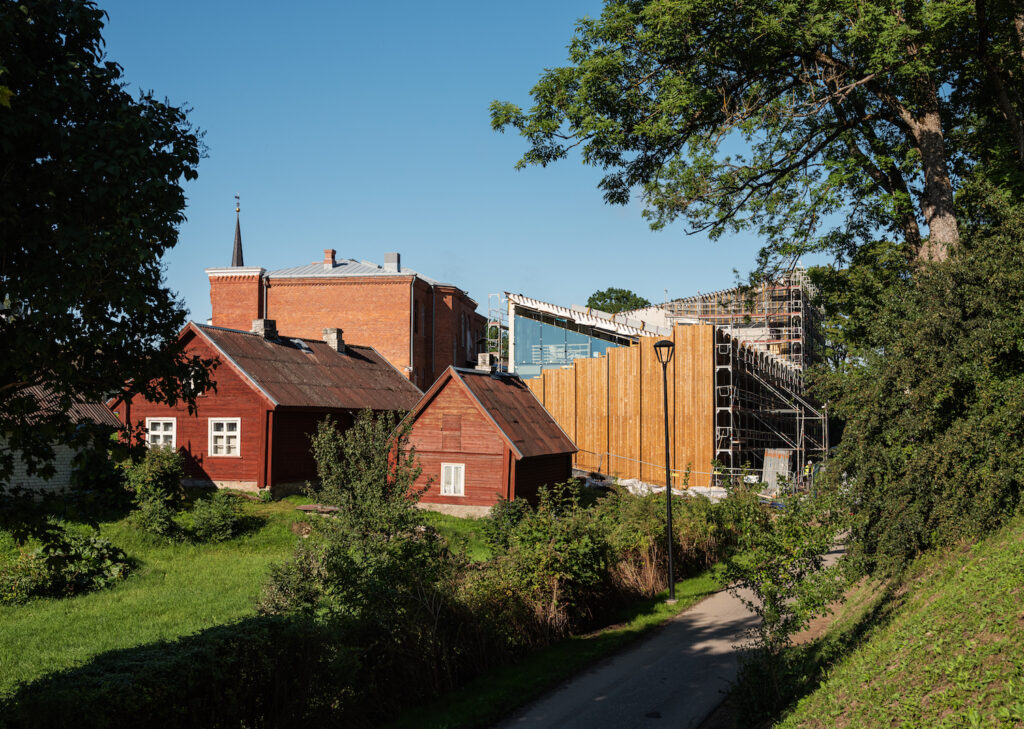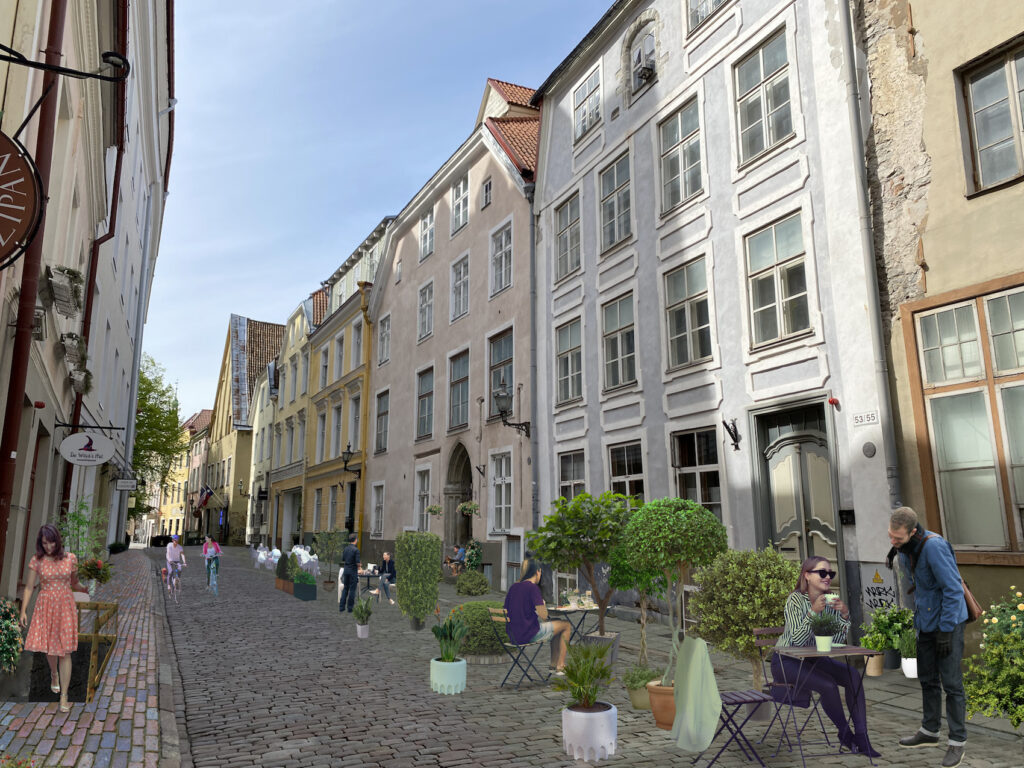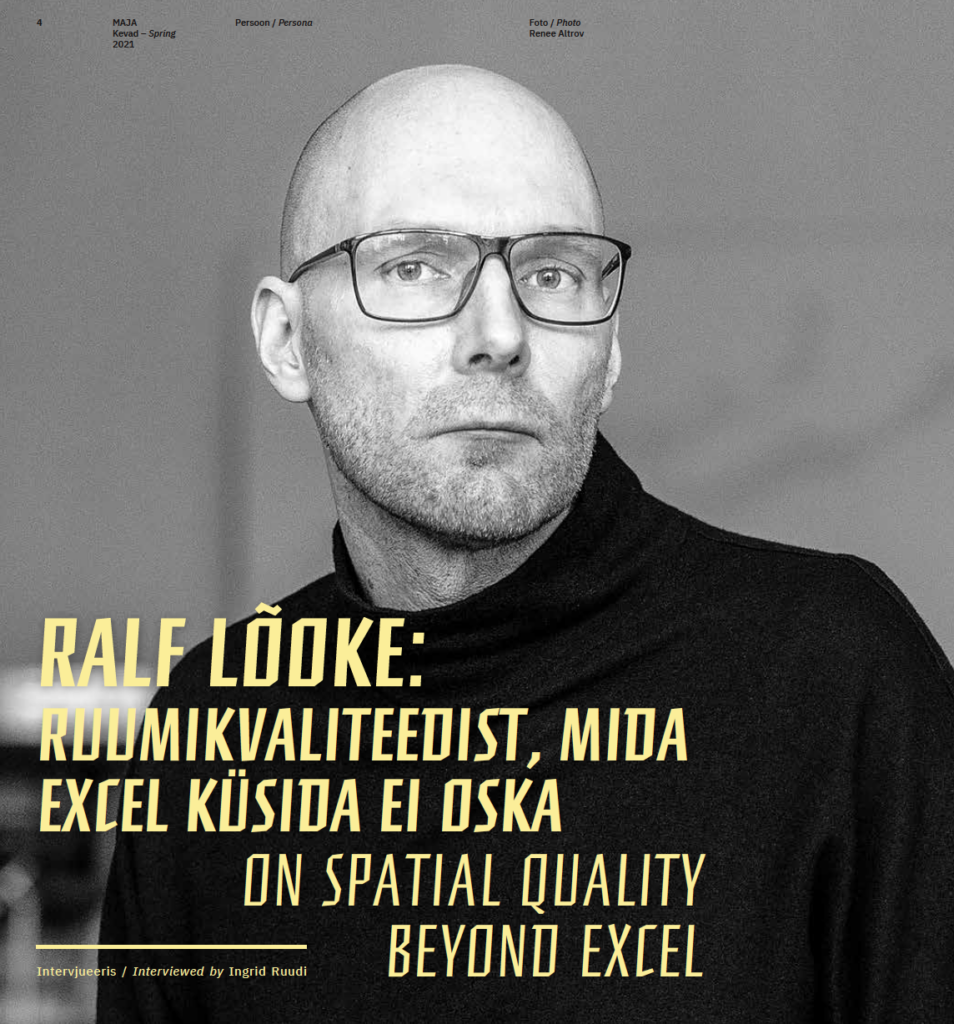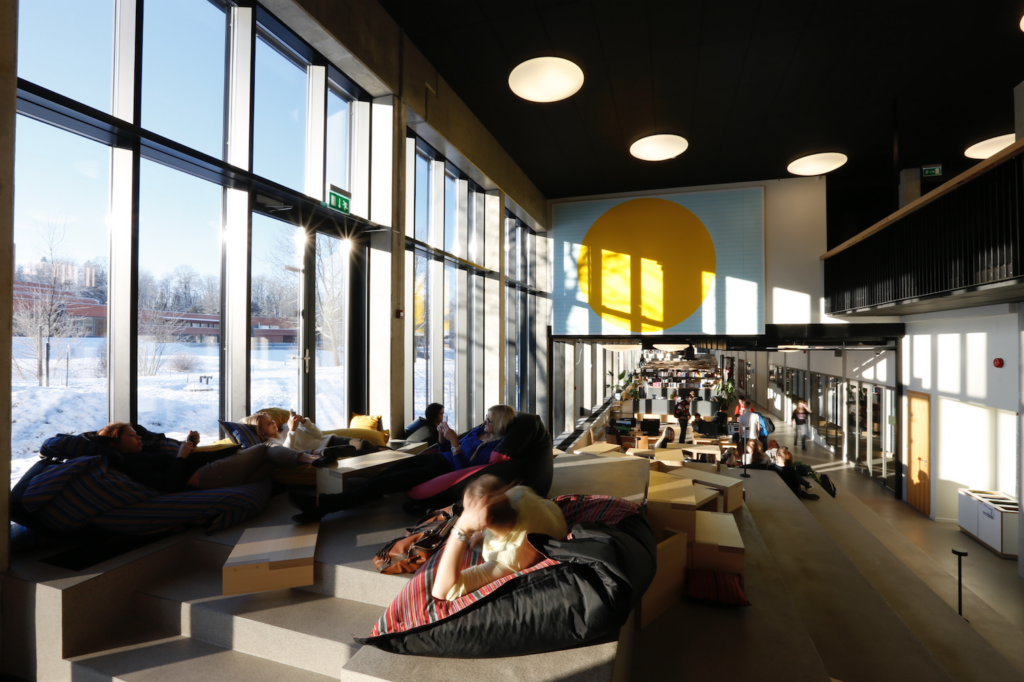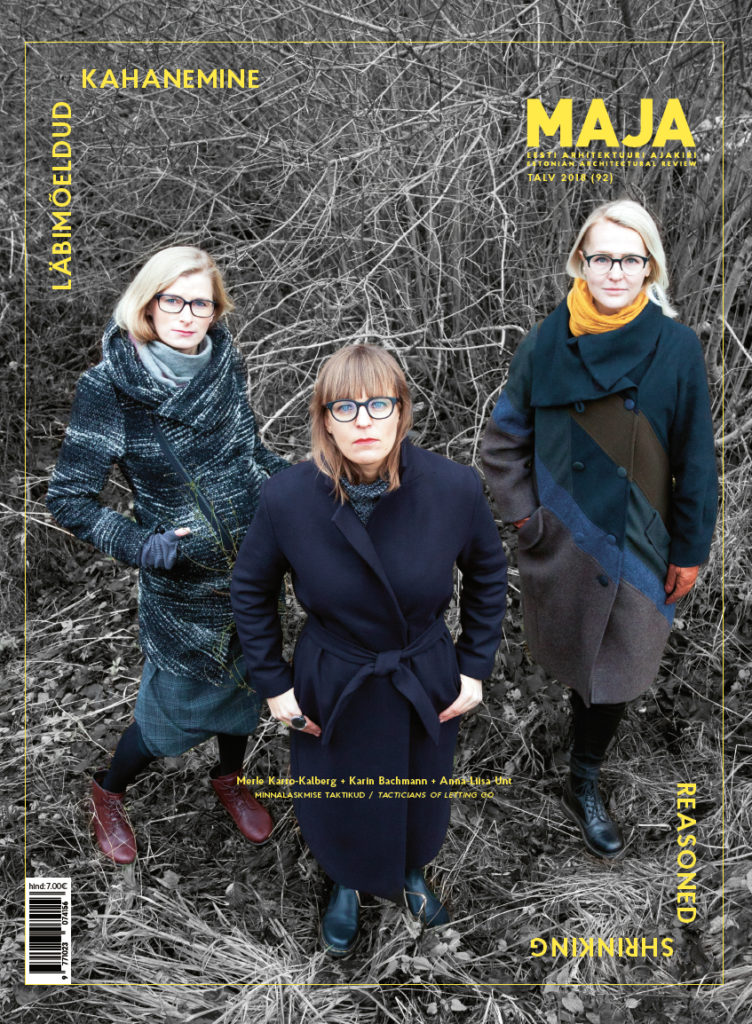A sense of mission is what drives the centenary Estonian Association of Architects to act as a replacement agent for the institution of the state architect that is currently missing in the Estonian architectural arena. Andro Mänd, Chairman of the Association, writes about what it takes to organise cross-disciplinary collaboration, an integral part of spatial design, based on the example of site selection for Paide State High School.
The Urban Forum held on June 14th–15th was looking for the subtle balance between the activities of visitors and locals as well as the old and the innovative new.
What kinds of forces bear upon the process of creating a new urban area today? What urban development questions do we already have a grip on? What issues are we still grappling with and how? Indrek Allmann recounts the journey toward climate-neutral Paljassaare.
Paide State Secondary School is an excellent example of the mutually complementary dialogue between a historical space and contemporary architecture.
How does change in society reflect in architecture? In order to answer this question, we look back on the spatial design in the thirty years of regained independence. What kinds of spaces have accommodated us in the last three decades at work, in school and while enjoying culture? What have our homes been like?
Teist põlve arhitekt Ralf väidab, et tal ei ole eriala suhtes illusioone; seda muljetavaldavama järjekindlusega seisab ta projekteerimisprotsessis arhitektuurse tuumidee säilimise eest. Arhitektiks olemine defineerib Ralfi kogu tegevust ja maailmavaadet töötegemisest reisimiseni – võib-olla ainult muusikal õnnestub hetkiti samavõrdse tähelepanu eest võistelda. Küsis Ingrid Ruudi.
In the building reconstructed by Salto, the space definitely does not compete with the content as it tends to happen in the exhibition venues built during the so-called museum boom in the 1990s, such as Frank Gehry’s Bilbao Guggenheim art museum. The adjustments here are highly refined and tasteful. It might be even said that a little boring, surprisingly neutral for Salto’s work. The red building is still red with the characteristic red brick kind of retained but in an ornately polished way.
The new building of Narva College features self-conscious architecture embodying the vitality of culture – mystery, courage and community.
The fate of a shrinking town is greatly influenced by the location and building of the state secondary school. In the course of the process of establishing twenty new state secondary schools, it is only natural to consider what contemporary pedagogy and the respective learning spaces are like.
Peatoimetaja Kaja Pae.
No more posts

